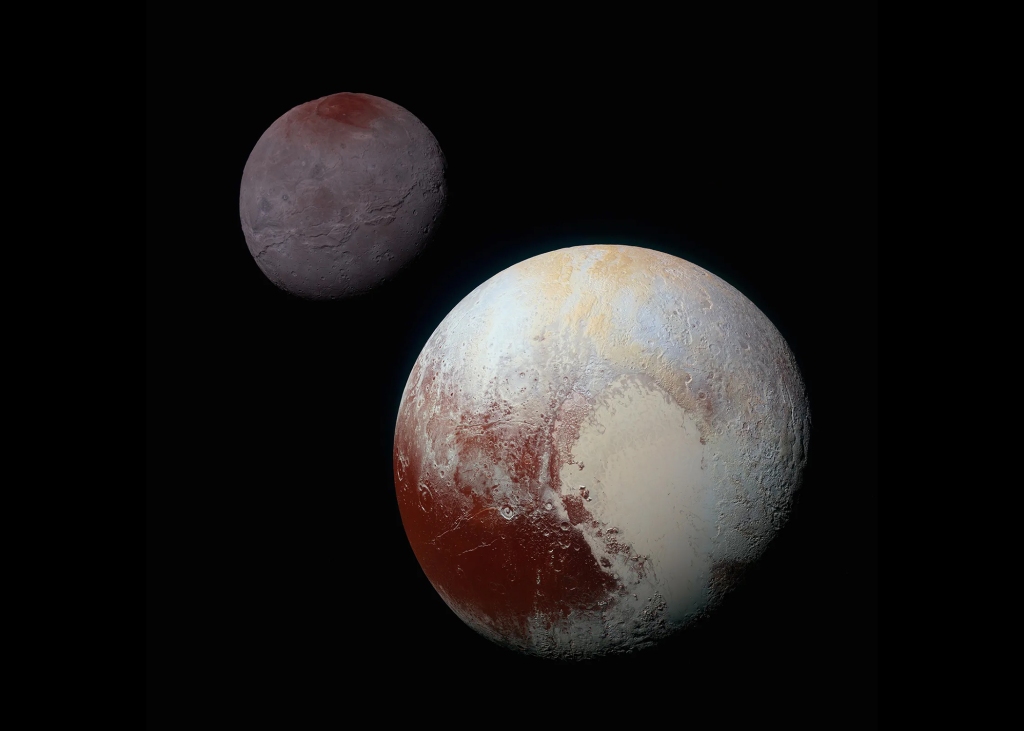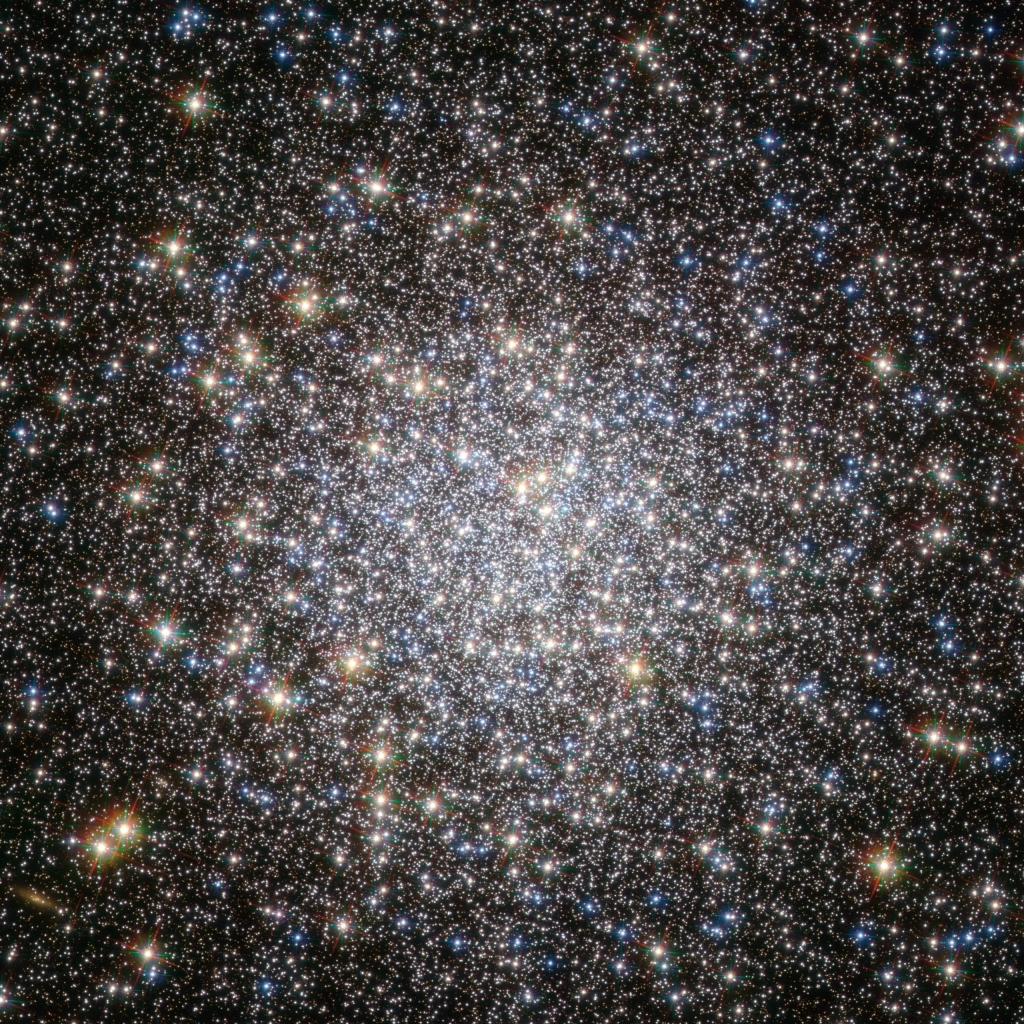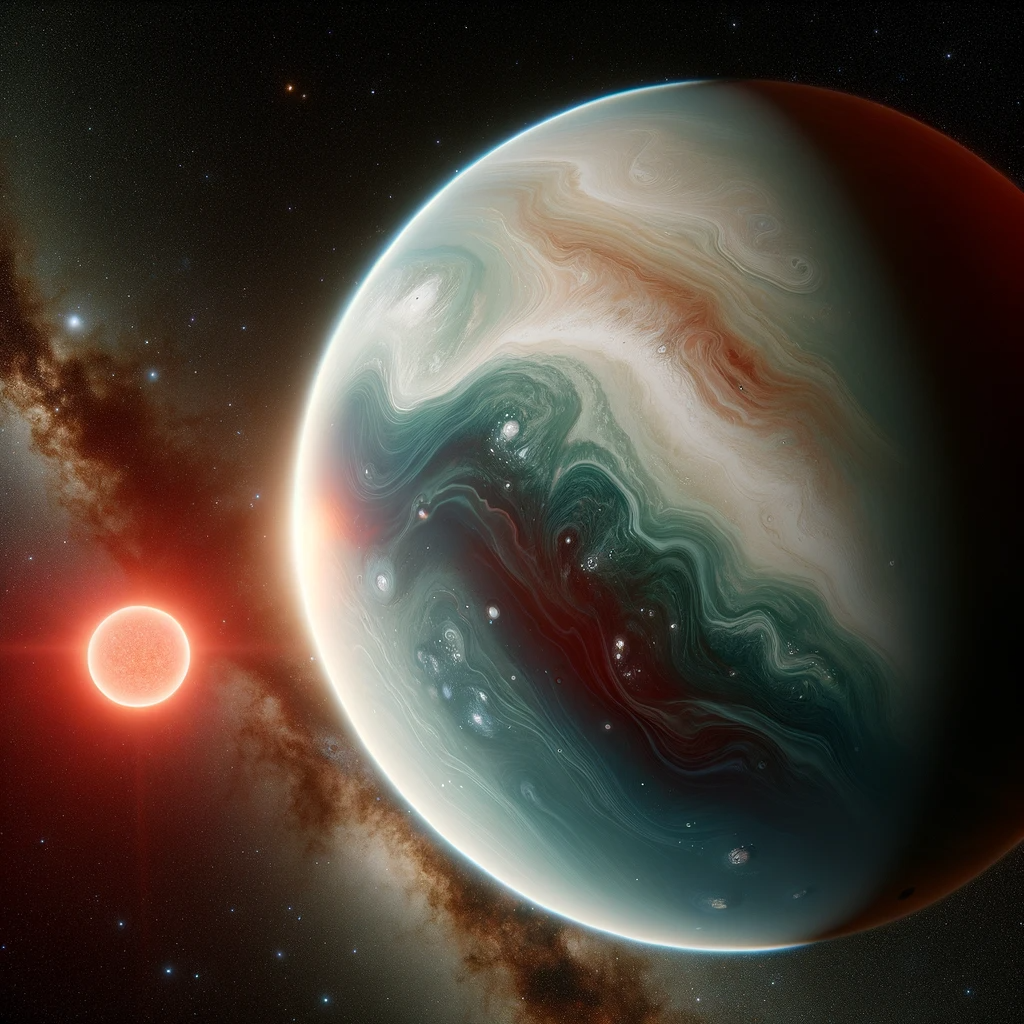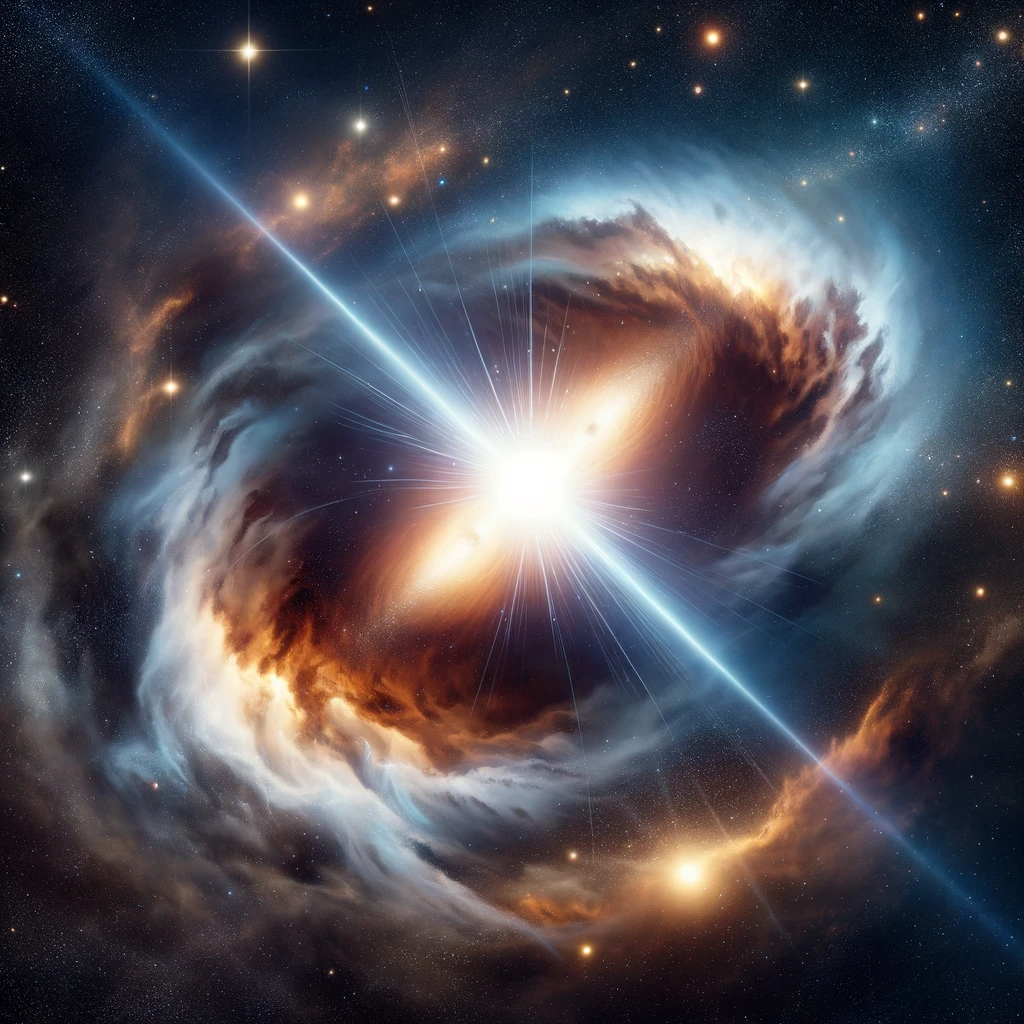- Voyager 1, having entered the very local interstellar medium (VLISM) in 2012, continues to provide crucial insights into the magnetic fields, charged particles, and plasma waves beyond our solar system, showing remarkable stability in electron density since 2020.
- Despite the extreme distance and logistical challenges in data transmission, involving the Deep Space Network, Voyager 1’s data reveals a potentially new phase in understanding the structure of the interstellar medium.
- The ongoing journey raises questions about the existence of a heliospheric bow shock and the influence of the solar wind, with Voyager 1’s observations crucial for resolving these mysteries and enhancing our understanding of the cosmos.
NASA’s Voyager 1 spacecraft, which entered the very local interstellar medium (VLISM) on August 25, 2012, followed by its twin, Voyager 2, on November 5, 2018, continue to unlock the mysteries of the cosmos beyond our solar system’s confines. These intrepid explorers, now traveling through the VLISM, have been transmitting invaluable data back to Earth, offering scientists a first-hand look at the magnetic field, charged particles, cosmic rays, and plasma waves in this uncharted territory.
Voyager 1’s journey into the interstellar space has been marked by significant achievements and revelations. Recent analyses of data collected from the spacecraft have shown that the electron density in the region it traverses has remained remarkably constant since it passed a pressure front in 2020. This observation suggests that Voyager 1 has exited the heliospheric boundary layer—a region characterized by a radial gradient in electron density—and entered into a broad area of relatively stable density. This could potentially align with the broad maximum density regions predicted by some heliospheric models, indicating a new phase in our understanding of the interstellar medium’s structure.

The effort to acquire and analyze data from such a remote location as Voyager 1 presents substantial logistical challenges. The spacecraft’s extreme distance from Earth means that data must be transmitted at a minimal downlink rate of 1.4 kbps, requiring the full capabilities of the Deep Space Network. This network, consisting of an array of antennas, works tirelessly to capture the faint signals from Voyager. Despite these efforts, the process is fraught with difficulties, including weather-related disruptions and the limited bandwidth, which can result in gaps in the received data.
Moreover, Voyager 1’s findings raise as many questions as they answer. While the spacecraft has ventured more than a hundred astronomical units from Earth, it is likely still within the influence of the Sun’s heliosphere. The existence of a heliospheric bow shock, a theoretical boundary sitting hundreds of astronomical units away, remains a topic of scientific debate. Observations from Voyager have not yet confirmed this feature, but ongoing research and data from the mission may yet provide clarity.
As Voyager 1 continues its unprecedented journey, the spacecraft is poised to offer further insights into the VLISM. Its current location, characterized by sustained high plasma densities and minimal variations, corresponds to frequencies of the highest heliospheric radio emissions observed in the past. Whether this stable region is a transient feature influenced by the solar wind or a more permanent aspect of the interstellar medium is yet to be determined. With continued observations, Voyager 1 may yet resolve these mysteries.
Source: S, Kurth W. “Voyager 1 Electron Densities in the Very Local Interstellar Medium to beyond 160 Au.” The Astrophysical Journal Letters, vol. 963, no. 1, 2024, p. L6, dx.doi.org/10.3847/20418213/ad2617, https://doi.org/10.3847/20418213/ad2617.
Featured Image: NASA/JPL-Caltech





